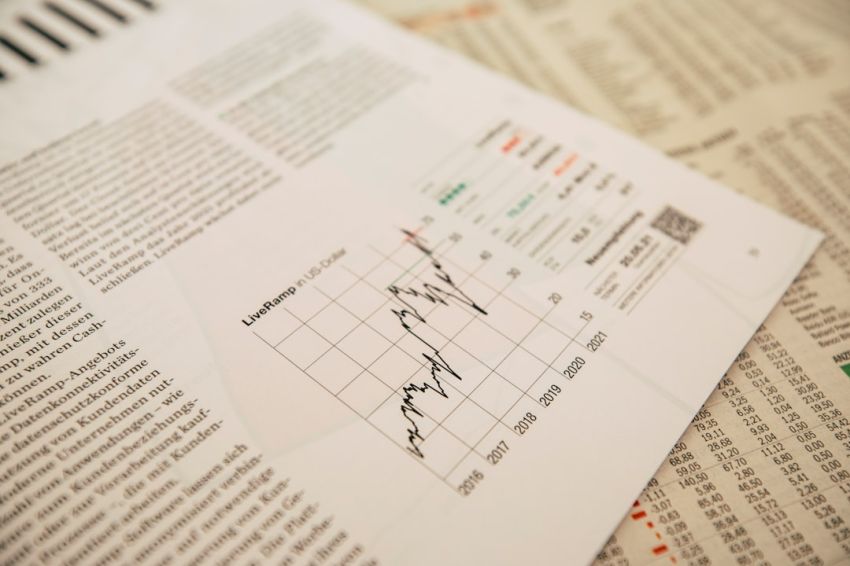The Main Drivers of Commodity Markets
Commodity markets play a crucial role in the global economy, influencing prices and impacting various sectors. Understanding the key drivers behind these markets is essential for investors, policymakers, and businesses alike. From supply and demand dynamics to geopolitical factors, a multitude of forces shape commodity prices and market trends. In this article, we delve into the main drivers of commodity markets to shed light on what moves these essential assets.
Supply and Demand Dynamics
At the core of commodity markets lie the fundamental principles of supply and demand. The interplay between these two factors dictates price movements across various commodities, from agricultural products to metals and energy sources. When demand outstrips supply, prices tend to rise as scarcity drives up value. Conversely, an oversupply can lead to price declines as producers compete to offload excess inventory. Understanding the balance between supply and demand is crucial for predicting price trends and making informed investment decisions in commodity markets.
Geopolitical Events and Market Sentiment
Geopolitical events can have a significant impact on commodity markets, often leading to sudden price fluctuations and market volatility. Political unrest, conflicts, trade disputes, and sanctions can disrupt supply chains, affect production levels, and create uncertainty in commodity markets. Additionally, market sentiment, influenced by geopolitical developments and economic indicators, can drive speculative trading and amplify price movements. Traders and investors closely monitor geopolitical events to gauge their potential impact on commodity prices and adjust their strategies accordingly.
Currency Movements and Inflation
Currency movements play a crucial role in commodity markets, as most commodities are priced in US dollars. Fluctuations in currency exchange rates can impact the cost of commodities for buyers and sellers, affecting market dynamics. A strong dollar tends to depress commodity prices, making them more expensive for foreign buyers, while a weak dollar can boost commodity prices as it becomes cheaper for international purchasers. Inflation is another key factor that influences commodity markets, as rising prices erode purchasing power and drive investors towards tangible assets like commodities as a hedge against inflation.
Weather and Natural Disasters
Weather patterns and natural disasters can have a profound impact on commodity markets, particularly in the agricultural and energy sectors. Droughts, floods, hurricanes, and other extreme weather events can disrupt crop production, damage infrastructure, and affect supply chains, leading to price spikes in agricultural commodities. Similarly, disruptions in energy production due to natural disasters or geopolitical tensions can drive up prices for oil, natural gas, and other energy commodities. Traders and investors closely monitor weather forecasts and assess the potential impact of natural disasters on commodity prices.
Technological Advancements and Innovation
Technological advancements and innovation play an increasingly important role in shaping commodity markets. From automated trading algorithms to blockchain technology, the commod…










